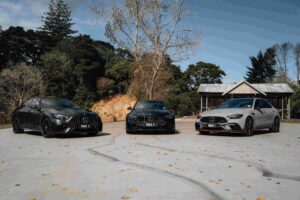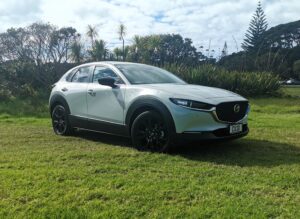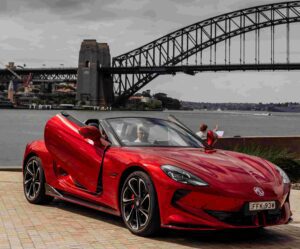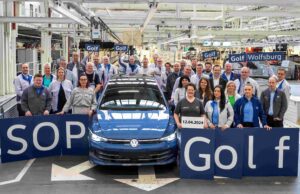PRESS RELEASE
Budget Airline Car – A new type of car design that could kill the short haul flight
Today’s leading cars are electric, full of connected services, feature autonomous-drive capabilities, and are accessible through smart devices too — but in design they are not so different to cars from 20, even 50, years ago. Almost all still seat the driver and passenger on separate seats up front, and two or three people on a slightly second-class bench behind, and have one separate space at the rear for luggage accessed from outside. It’s a formula that works, so why change it? Well, there are two big reasons: because the way people live has changed since this design pattern was established 100 years ago; and because new technologies are unlocking the potential for design change. There’s a third and fourth reason to change too: because globally we are facing a climate emergency, and because we are in the midst of a pandemic — both huge imperatives for truly new types of car design.
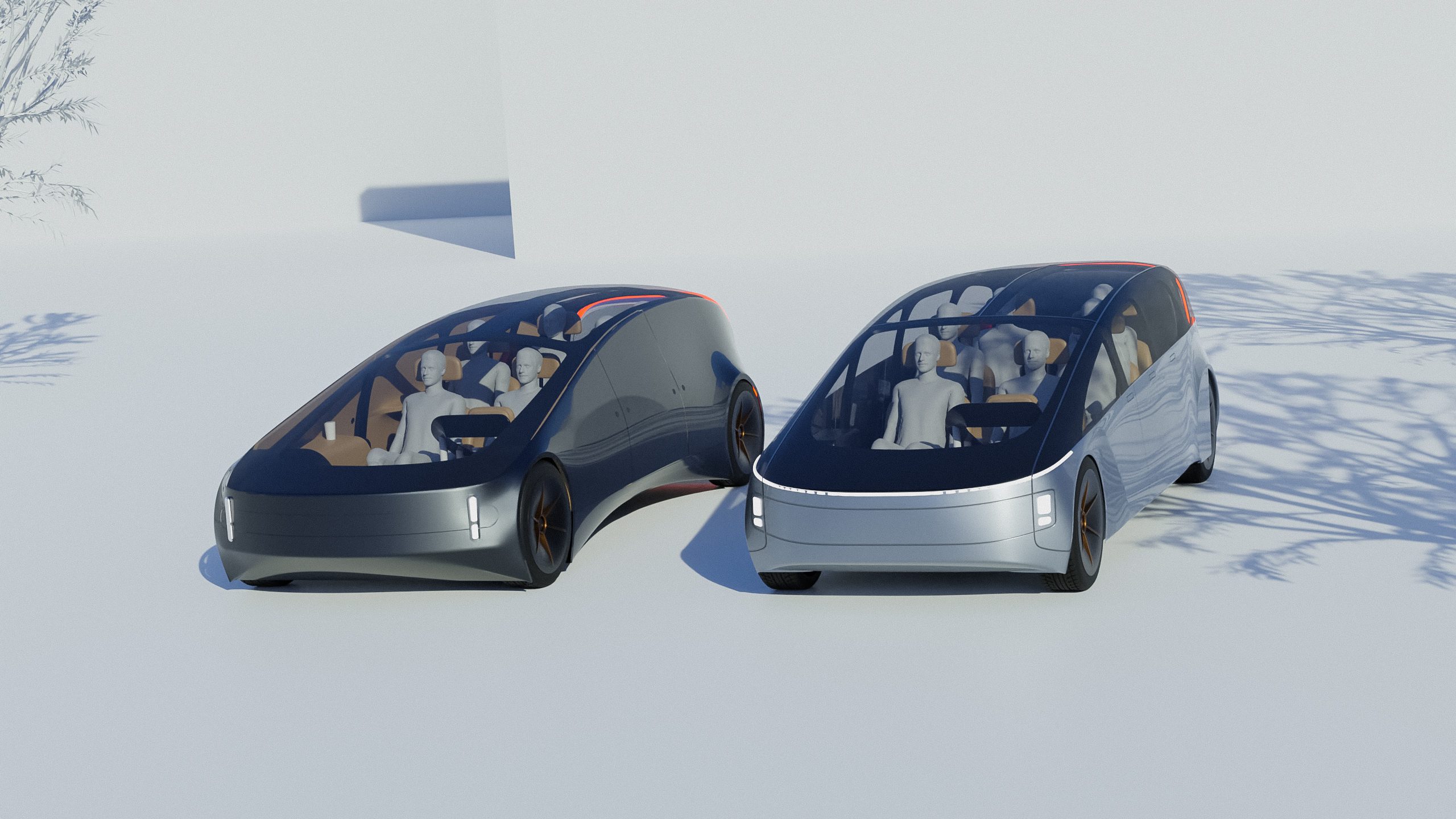
During lockdown in 2021, the CDR team were discussing this context of a fast-changing world and unrealised opportunities for car design, and came up with six new car types that would be enabled by new technologies, and that would be part of uniquely pertinent future scenarios. One of these focused on being an alternative to the short-haul flight — the form of transport most at the heart of today’s imperatives to change because it creates an increasingly untenable level of environmental damage, and because being in airport queues and airplane cabins with hundreds of people is ever less desirable in these COVID times.
Working across time zones with design associates Yichen Shu in China and Aditya Jangid in India, CDR then developed up this new type of car — the Budget Airline Car — to a formative concept stage, shared here for the first time.
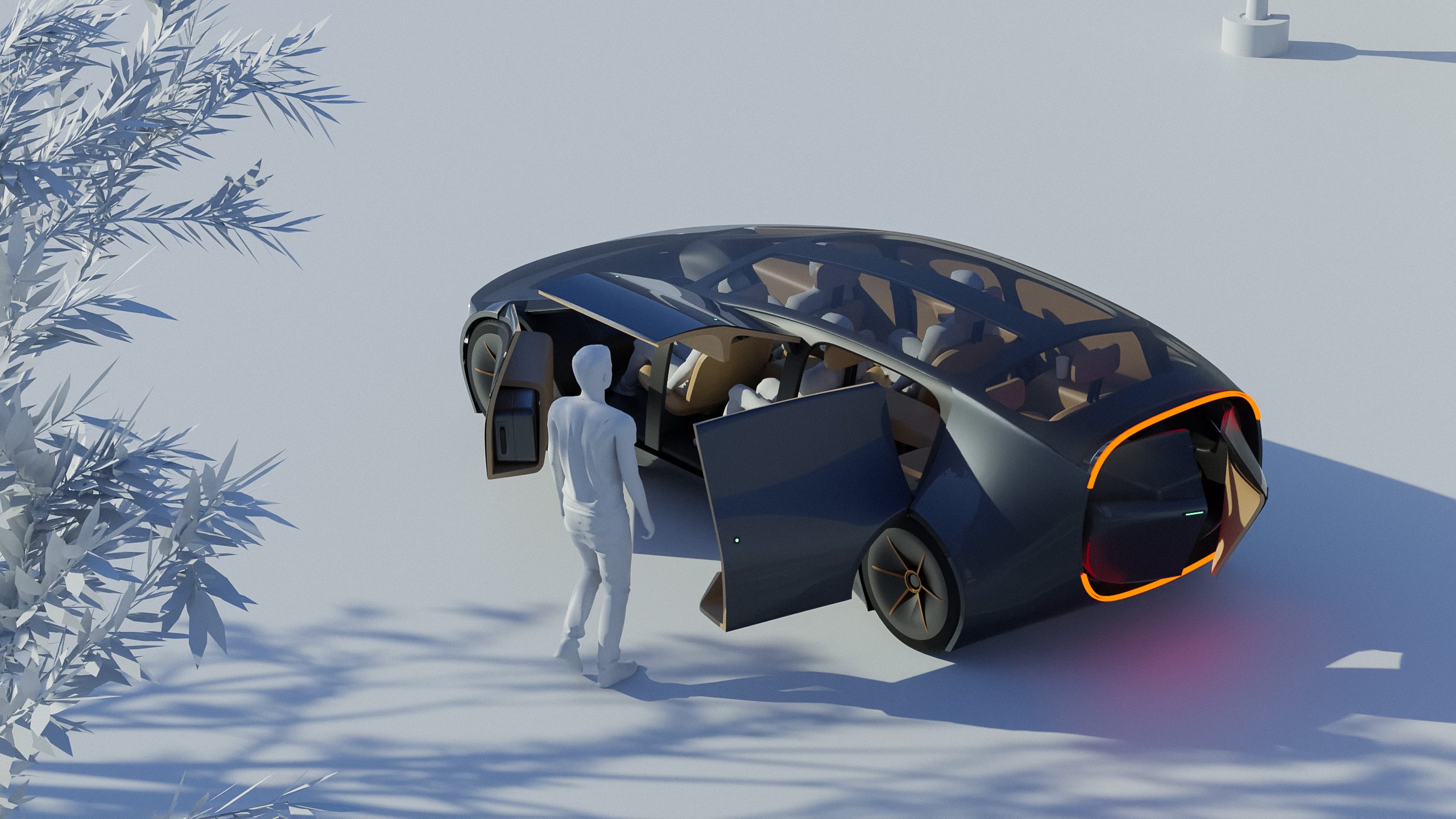
Budget Airline Car design concept:
Short-haul flights are the most common form of air-travel, in Europe they account for 80% of all flights. Yet they produce more CO2 emissions than any other form of passenger transportation: c.250 CO2 g/km per person. This is 25% more emissions than long haul flights (they use a disproportionate amount of fuel at take-off and landing), twice that of a single occupancy modern conventionally fuelled compact car (like a Volkswagen Golf 1.5TSI that produces 122 CO2 g/km), and five times more than an electric train or single occupancy compact electric car (such as a Nissan Leaf) in Europe.
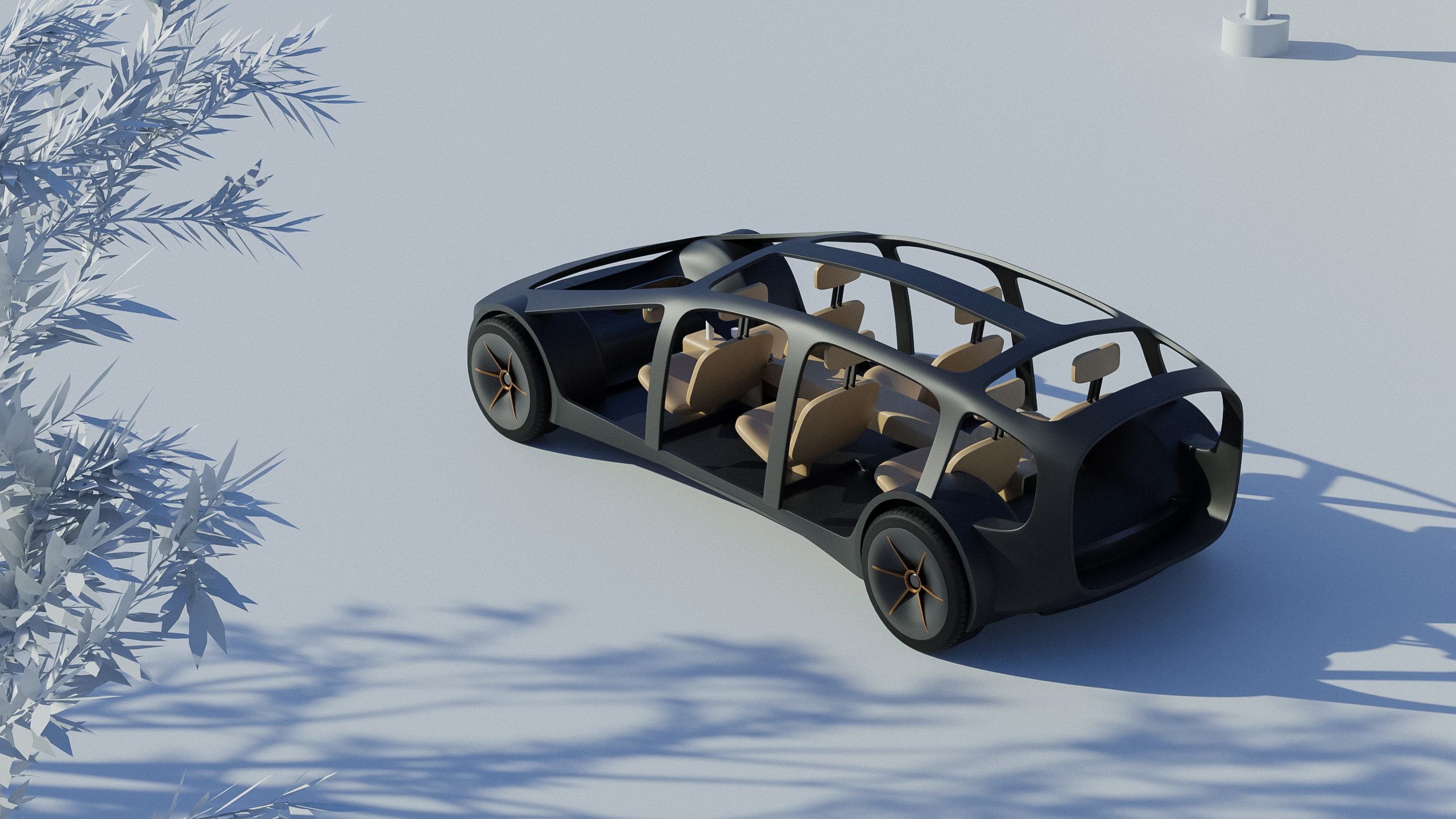
Because electricity generation continues to get greener — many electric cars in Europe will produce only CO2 30g/km by 2030 — CDR realised that if one efficient electric car carried six passengers (currently there are no electric cars with seats with space for six adults) there would be about 5 CO2 g/km produced per person. And this would likely be a modest target if the car was dedicated in design and engineering to being efficient, unlike today’s performance orientated electric crossovers. To travel with emissions of 5 CO2 g/km per person would be game-changing: to only have 2% — one fiftieth! — of the CO2 emissions per person per kilometre of today’s short-haul flights would make a huge difference, and have potentially very significant market appeal too. An individual person could make 50 car journeys for the same environmental burden as one aircraft journey of the same distance.
So, the core concept for Budget Airline Car is for a shared super-efficient car to be offered by budget airlines or hire car brands as an alternative service to short-haul flights. It would seat six people in three rows, and, as passengers may not know each other (just as on a flight), each would have a dedicated seat with their cabin baggage securely stored within easy reach, and greater privacy and space than afforded by existing cars’ second and third row seats. This three-seat row layout can be realised within an overall length of five metres, despite each seat space being equally large, because of the benefits of compact electric motors. The two-person wide layout also contributes to a reduced frontal area compared to a car designed to seat three people side-by-side.
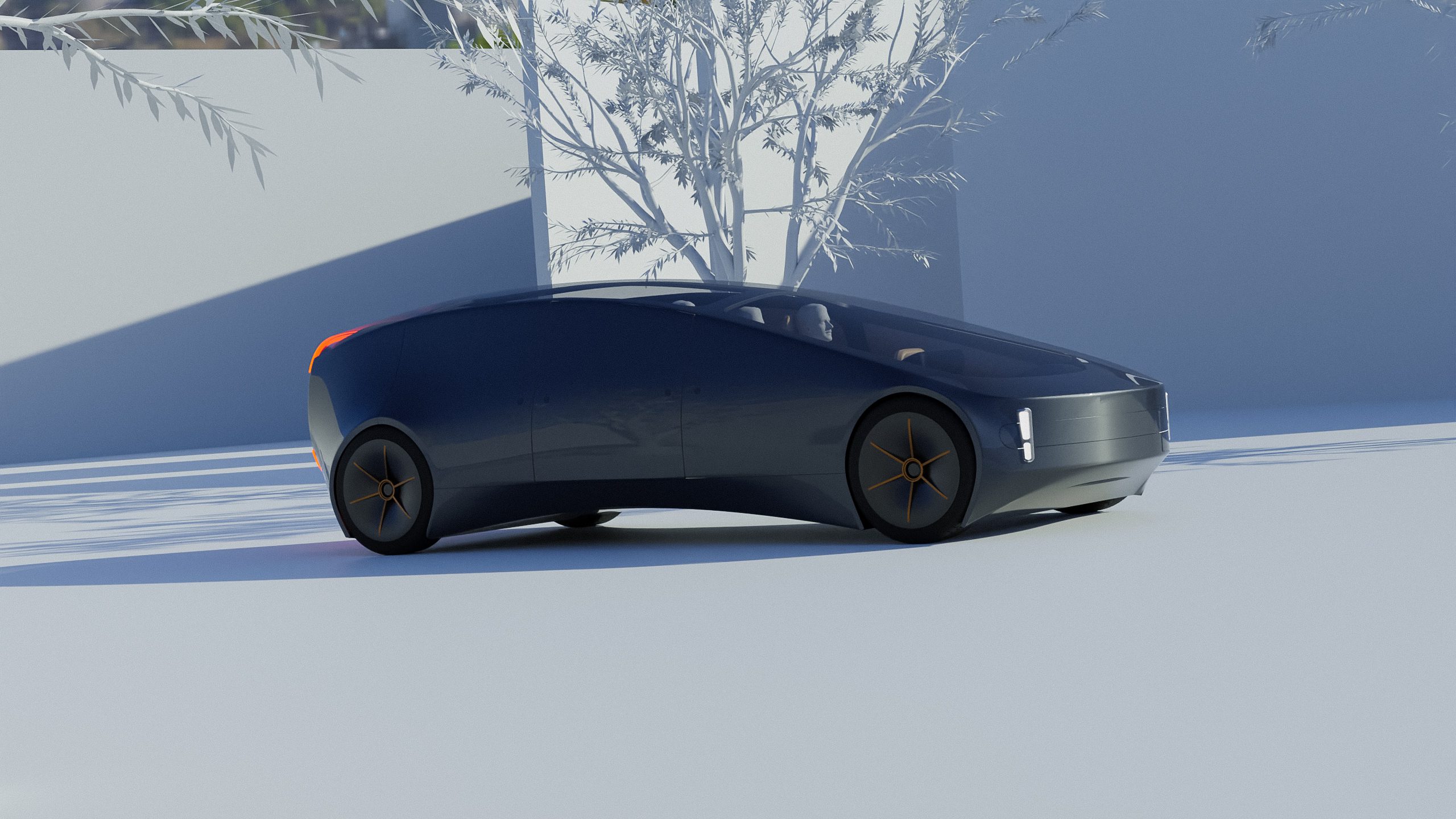
The electric power-train would be developed for long-distance mid-speed cruising, rather than high performance, and the design would unprecedentedly prioritise aerodynamics. A length of 5 metres would make Budget Airline Car as long as the Tesla Model X, Nio ES8 or Volvo XC90, but its 1.8 metre width and 1.5 metre height would give it c.20% less frontal area which, along with a more slippery shape / lower drag coefficient, would make it markedly more aerodynamic and thus more energy efficient.
Passengers would share the driving, with good driving incentivised by the shared-economy digital platform that they access the service through (akin to eBay, Airbnb, and other shared service platforms). A suite of advanced driver assistance systems (ADAS) would aid safety, ultimately fully autonomous drive would also.
Combining the three rows of large separate seats with adjacent cabin baggage storage, efficient electric power, aerodynamic focus, and shared access would realise a type of design that could provide a totally new way to comfortably and efficiently travel from city to city, and that thus sits in a ‘white space’ — is conceptually distinct from other car designs.

Presented here are two design themes from designers Yichen Shu and Aditya Jangid, both based on the shared core Budget Airline Car concept that they developed with CDR, and shown also wearing the branding of short haul operators.

